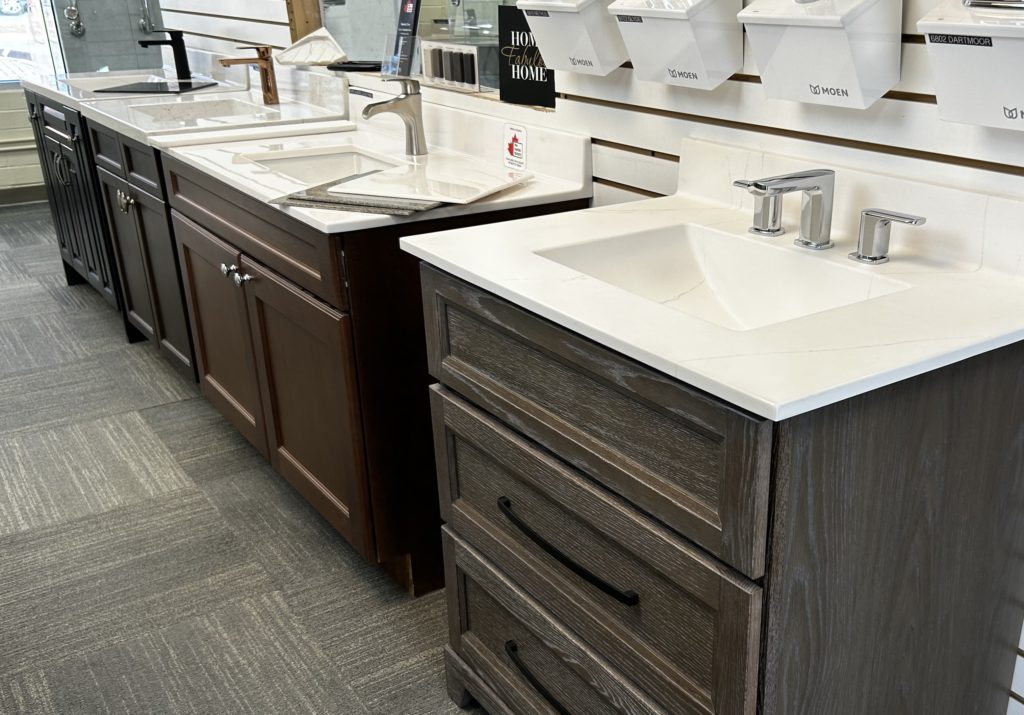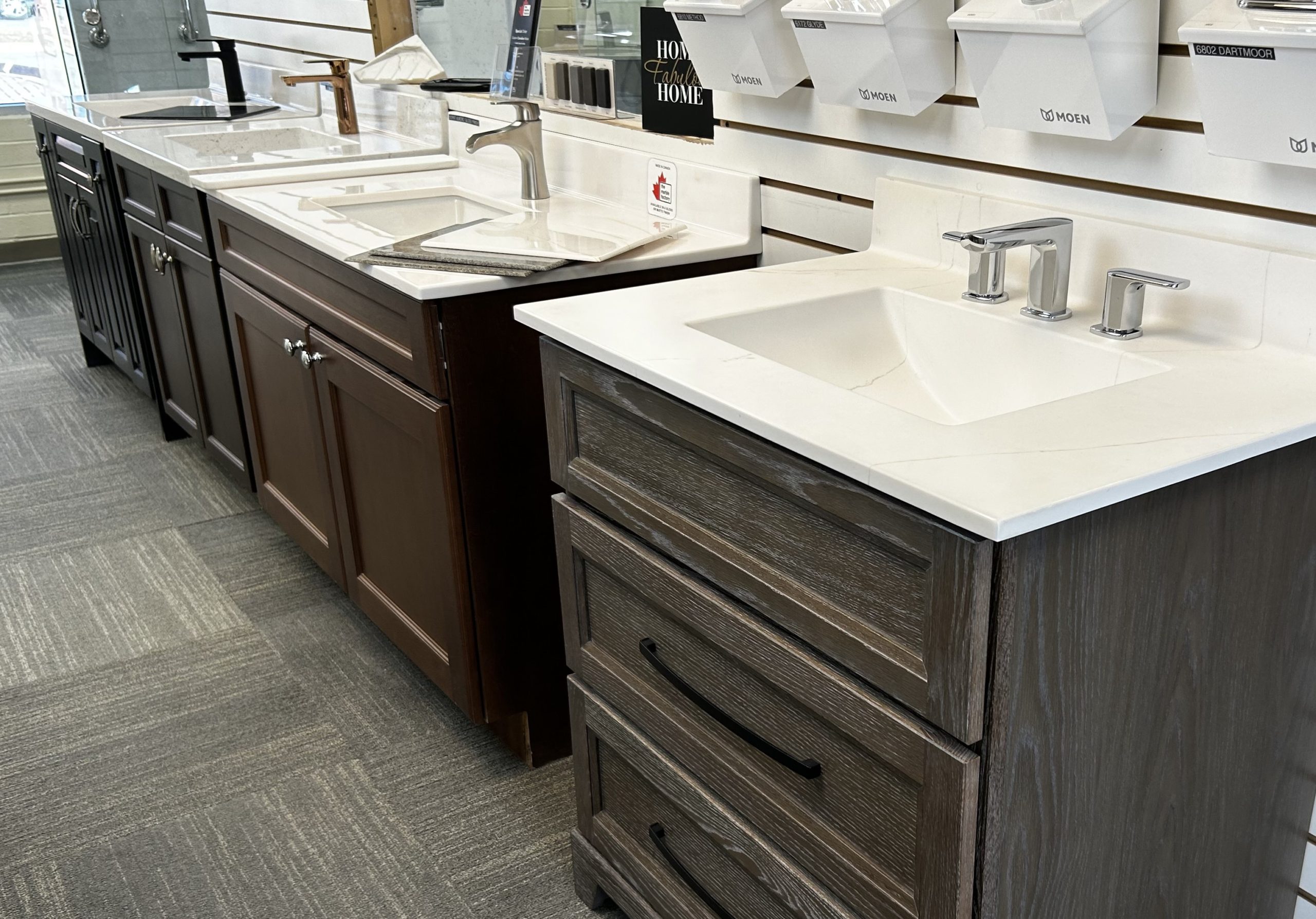
Marble is one of the most admired natural stones in the world. We often see it polished and gleaming in kitchens, bathrooms, and public buildings. However, few people know how marble actually makes its way from a mountain to a finished product. That’s what we’re exploring today.
We’ll walk you through the full process, from discovering a marble deposit to preparing it for use in our homes. Along the way, we’ll explain what tools and steps are involved and share some practical details that can help you better understand the value and complexity of working with natural stone.
Before we can even begin to cut marble, we need to locate it. This starts with geological surveys. These surveys help identify areas where marble exists in the ground. Typically, marble is formed in mountainous regions where limestone has been subjected to extreme pressure and heat. These forces change its structure and give it the beautiful veining patterns we all recognize.
Once a deposit is found, test samples are taken to confirm the stone’s quality. These samples help determine whether the stone is strong enough for building and how consistent the color and veining are across different layers. That is to say, not every marble deposit is fit for production. If the samples show good promise, we move forward with planning the quarrying process.
The extraction process begins with clearing the quarry site. We need to remove soil, vegetation, and loose rock from the surface. After that, the first cuts are made using diamond wire saws or chain cutters. These tools are specially designed to handle the hardness of marble without damaging its structure.
To clarify, quarrying does not involve explosive blasting like other forms of rock extraction. Instead, we rely on precision cutting to keep the blocks intact. Large vertical and horizontal cuts are made to isolate blocks of stone. These blocks can weigh several tons each. Once a section is loosened, it is carefully separated using airbags or metal wedges.
After separation, cranes or heavy-duty loaders move the blocks to the edge of the quarry for transport. Each block is then inspected to ensure it’s free of major defects like cracks or discoloration. In some cases, minor imperfections are acceptable, especially when the marble will be cut into smaller tiles or surfaces.
Moving marble is no small task. Each block must be transported safely from the quarry to a processing facility. This is usually done with specialized trucks that can handle heavy loads. On the road, these trucks follow strict weight and balance requirements to prevent shifting and damage during transport.
Meanwhile, we need to prepare the facility to receive the stone. Forklifts and cranes are used to unload the blocks and place them in staging areas. At this point, the blocks are still rough and unpolished. They may carry dirt, residue, or uneven edges from the quarrying process.
Once the marble arrives at the facility, our job begins to turn it into usable pieces. This is where the real transformation happens—from rough stone to beautiful slabs and finished products.
The first step in processing is slicing. Large gang saws or block cutters use multiple blades to slice the block into thin slabs. These blades are coated with industrial-grade diamond particles and cooled with water during cutting to reduce friction and heat. Each slab is carefully measured and aligned to ensure uniform thickness.
After slicing, we check the slabs for consistency in color and pattern. Some slabs may be grouped together for projects that require matching veining or shading. Others may be sorted based on thickness or intended use. For example, countertops require a thicker cut than wall tiles.
Once the slabs are sorted, edge shaping can begin. This step uses different grinding and profiling machines to create the desired finishes. Rounded, beveled, or flat edges are common choices, depending on the application. Additionally, we might cut out sink spaces or holes for fixtures at this stage.
For a closer look at the kinds of materials we work with after cutting, visit the full selection of custom stone products.
After the slabs are shaped, polishing brings out their natural beauty. We use automated polishing machines that apply various grits of abrasive pads. These pads gradually smooth and shine the surface, giving the marble its glossy, mirror-like appearance. For customers who prefer a matte or textured finish, we can stop the polishing process early or use specialty techniques like honing or leathering.
Finishing is more than just aesthetics. A polished surface resists moisture and stains better, which is important in places like bathrooms and kitchens. Similarly, textured finishes may offer better grip underfoot, which is ideal for entryways and wet spaces.
To maintain quality, we inspect every finished slab. Any surface flaws, chips, or inconsistent polish must be addressed before the slab is cleared for installation. Some imperfections can be corrected with epoxy fillers or light resurfacing. Others may require discarding the slab or cutting it into smaller pieces.
Once the slabs pass inspection, they’re cleaned and prepared for delivery. This step includes protective packaging to prevent chipping or cracking during transportation. Foam sheets, wooden crates, and edge guards are commonly used. Slabs destined for export may require special handling or labeling depending on destination requirements.
We document each piece and its final measurements. That is important because clients often request multiple slabs for one job, and they need to match in pattern and color. Accurate labeling ensures every piece goes where it should.
For those curious about sourcing from a reliable marble manufacturer, this part of the process ensures you receive consistent, high-quality results.
One detail that often gets overlooked is the batch number. Each block of marble has subtle differences. Even if two pieces look similar at first glance, they may not match perfectly once installed side by side. Therefore, it’s best to order all the material for a single project from the same batch. This reduces the chance of visual inconsistencies later on.
We always recommend that homeowners and designers keep a copy of the batch number, especially if they think they may need more marble in the future. That way, if more material is needed, there’s a better chance of finding a close match or leftovers from the original run.
Marble is a natural resource, and quarrying must be done responsibly. As a company, we’re always looking for ways to reduce waste and environmental impact. For instance, water used during cutting and polishing is filtered and reused where possible. Stone dust is collected for recycling, sometimes used in cement or tile manufacturing.
Likewise, unused or damaged slabs are often cut into smaller tiles or mosaics. This allows us to make use of material that might otherwise be discarded. These practices help reduce the total amount of marble wasted during production.
We also work with clients who are interested in minimizing their carbon footprint. Choosing a local stone product supplier instead of importing can significantly reduce transportation emissions. If you’re looking to start a project and want more information about availability or sourcing, feel free to reach out.
What makes marble different from granite or quartz?
Marble is formed from limestone and has a softer, more porous structure. Granite is harder and more durable, while quartz is engineered and more uniform in appearance.
How long does it take to quarry and finish a marble slab?
The full process can take several weeks, depending on the quarry’s location, transport logistics, and finishing requirements. Each step is essential to ensure quality.
Can marble be used outdoors?
Yes, but it depends on the finish and local climate. Polished marble can become slippery when wet and may weather over time, so a honed or textured finish is often better outdoors.
Why are some marble slabs more expensive than others?
Cost depends on rarity, pattern, color consistency, and the difficulty of quarrying. Slabs with bold or rare veining are usually priced higher.
Is it possible to match marble pieces later for renovation or repairs?
Matching is easier when the original batch number is available. Without it, matching color and veining can be a challenge, especially after time has passed.

* Excluding Long Weekends